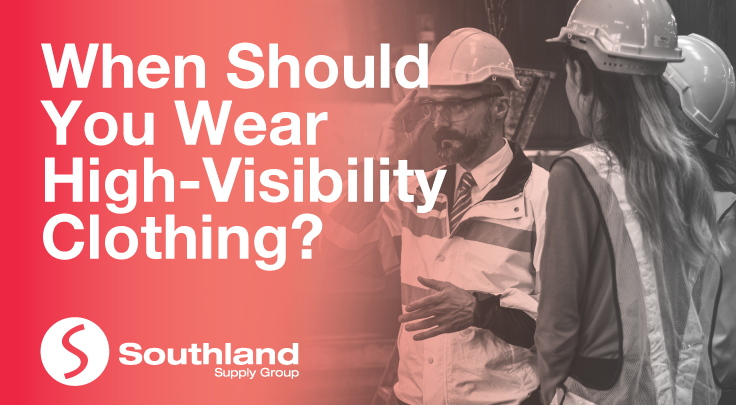
The primary goal of hi vis clothing make people stand out in the workplace, particularly to others who are operating machinery. Depending on the line of work, location of work and some other factors, the requirements of the hi vis clothing can vary.
Hi vis clothing such as work shirts and jackets are mostly worn on busy worksites where there is regular traffic. Construction sites and warehouses are two examples. The bright colour of hi vis workwear ensures that workers can see each other properly and they can easily stand out against their background environment.
In emergency situations high visibility clothing plays a critical role, as it can differentiate you from the rest of the crowd. Firefighters, police, ambulance, security personnel and many others will often wear hi vis workwear when attending an emergency situation for this reason.
The weather and light conditions in your workplace can also be a deciding factor on whether or not you wear hi vis clothing. In inclement weather (rain, fog, snow etc) or if the work is occurring at night or in a low light area, hi vis clothing should be mandatory.
Overview of Hi Vis Clothing Standards in Australia
In Australia, there are several high visibility standards, including:
AS/NZS 4602.1:2011 – this standard is designed for hi vis workwear, particularly for high-risk applications, specifically for employees working around moving machinery and vehicles. To comply, all fabrics used should meet AS/NZS 1906.4:2010 requirements for safety garments.
AS/NZS 1906.4:2010 – similar to the above and specifies the approved colour and provides standards for the clothing’s upper torso. This standard particularly dictates the size of the logos and where to place them to avoid compromising the wearer’s safety. Silver retroreflective tapes should meet this standard, especially their colourimetric and photometric properties for night use. Additionally, fluorescent materials should be used outdoors during the daytime. The same standard classifies the materials based on:
- Class D for daytime use only
- Class N for nighttime use only
- Class D/N for both daytime and nighttime
- Class F with daytime fluorescence for outdoor use only
- Class NF with natural fibres without fluorescent colour retaining abilities
- Class R with retroreflective materials
- Class RF with both retroreflective and fluorescent materials
How Does Hi Vis Clothing Affect Company Branding?
If you’re looking for a way to promote your company brand or logo, custom branding is the perfect solution. You can have your company logo printed on the front or back of various hi vis clothing items such as hi vis jackets and hi vis vests to help promote your company.
However, remember that you still need to remain compliant. Logos or any text printed on the hi vis clothing should not be too large that they dominate the whole garment and detract from it’s primary role as a piece of personal protective equipment.
Your choice of high vis workwear is crucial. If you’re in an industry where lack of visibility can lead to injuries or accidents, you should invest in a quality high-vis item. It can save your life and the people around you. Stay visible, stay safe with the right high-vis clothing from Southland.
Browse Southland’s online store for quality hi vis workwear including shirts, pants, jackets, vests and more. We have everything tradies, surveyors, farmers, businesses, and project managers need. For a complete range of safety equipment and workwear, visit our online store at https://www.southland.com.au/
